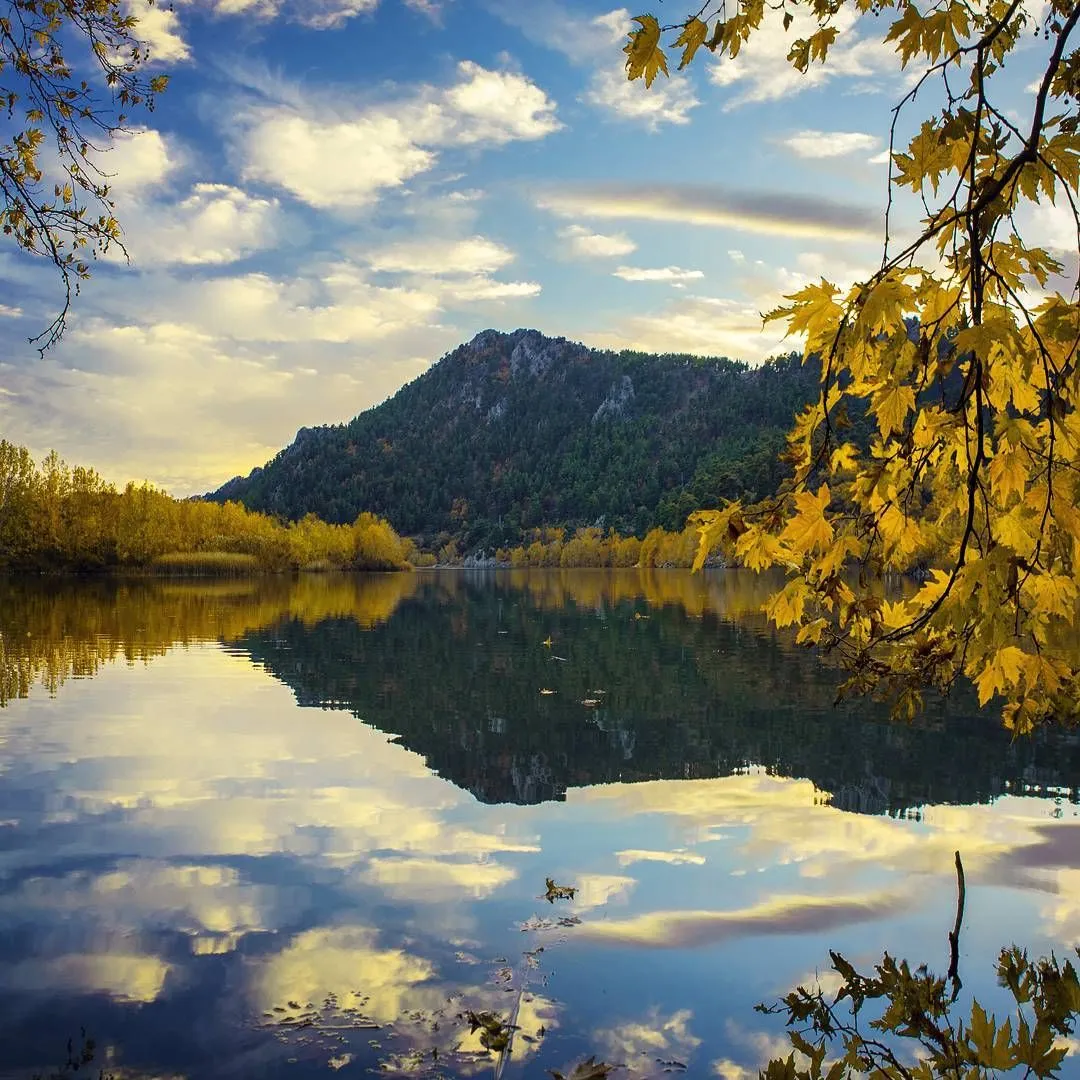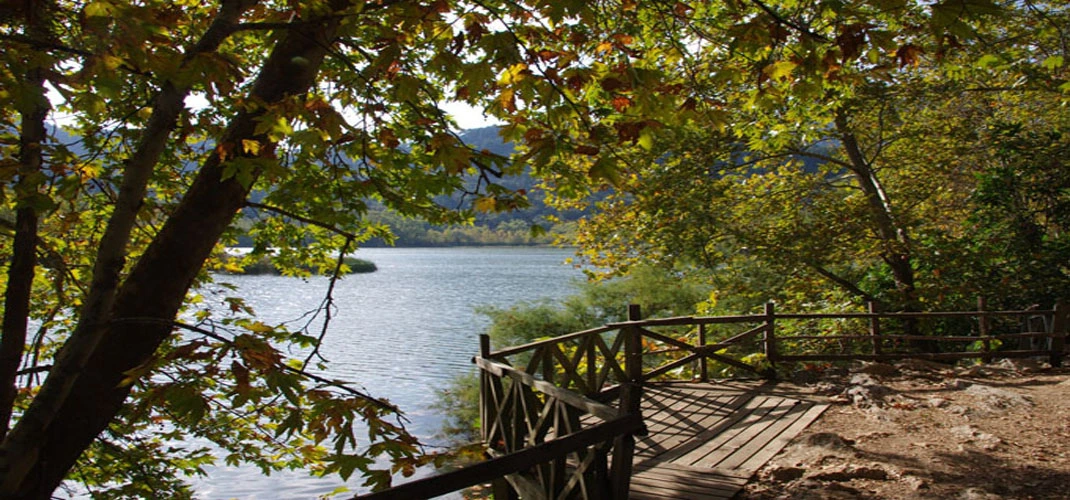Kovada Lake National Park
Description
Geological Structure
The formations surrounding the lake are massive limestones covering large areas. There are also clay and sandstone layers beneath the limestones on the south side. In the north, alluviums, the newest geological formation, are found. For these reasons, Kovada Lake; It is a karst polje formed as a result of tectonic movements.
FAUNA
Mammals: Hedgehog, wild goat, tree marten, wild boar, badger, rabbit, red fox and tree squirrel are the mammal species found in the National Park.
Birds: In the studies carried out to determine the bird species existing within the borders of Kovada Lake National Park, it was determined that there are 167 bird species in the region. The number obtained for the National Park area is 1/3 of the number of bird species recorded to date in Turkey.
Fish: Scaly carp, tench, perch, silver crucian carp are the species found in Kovada Lake.
Reptiles: It has been determined that 13 reptile species live within the borders of the National Park. Common lizards, turtles, snakes and spotted turtles are the main ones.
FLORA
In Kovada Lake National Park; 259 genera, 361 species, 44 subspecies and 10 varieties belonging to 75 families have been identified. 28 endemic plant species have been identified within the borders of Lake Kovada National Park. Forest trees and shrubs: Red pine, larch, cedar, taurus fir, oak (stemless, hairy, holm, kermes) species, juniper, plane tree, hackberry, maple tree, myrtus, terebinth, dyer's sumac, berry, blackberry, laurel, rosary bush, gorse, barberry, labdanum. There is no detection of herbaceous plants.
CULTURAL AND ARCHAEOLOGICAL VALUES
The deepest part of the lake today is 7 m. is. The sediments in the water that give the lake a green color prevent the bottom of the lake from being seen. Although there are no signs of ancient civilizations in Kovada Lake National Park, there are important sites of high historical and archaeological value in the immediate vicinity. Lake Kovada is very close to the Greco-Roman Psidia. Yazılı Canyon-King's Road, Ağlasun (Sagalossos), Burdur (Hacılar Mound), Eğirdir (Dündar Bey Madrasa, Hızır Bey Mosque), Atabey Madrasah, Yalvaç (Psidia region) are important monuments in the immediate vicinity of the lake, belonging to the people who lived in the immediate vicinity from the Neolithic period to the Ottoman Period. ruins and structures.
CURRENT LAND USE
The Visitor Information Center and Buffet located within the National Park are open to visitors. There are also two different walking routes within the National Park. These; Kırıntı Village - Entrance Control Point - Kovada Bay Daily Use Area and Kovada Bay Daily Use Area - Denizaltı Area - Bahçıvanlar View Point - Zamkadın View Point. There are 2 stopover points on the tour routes. These; Gardeners' Break Point and Zamkadın's Break Point.
PLACES TO SEE IN KOVADA LAKE NATIONAL PARK
- forest ecosystem,
- Kovada Lake,
- Visitor Center,
- Walking Routes,
- It is a daily use area.
ACTIVITIES TO DO IN KOVADA LAKE NATIONAL PARK
- Rich Vegetation and Geological Structure Observation,
- Hiking,
- Picnic,
- Photography Opportunity is available.
TRANSPORT
It is 24 Km from Eğirdir District, 84 Km from Isparta Province, and 180 Km from Antalya. Kovada Lake National Park is connected to the country's transportation network by the Eğirdir-Antalya Highway. Another important transportation connection within the National Park area is the road that separates from Eğirdir-Antalya Highway at Kınalı Tepe and continues to Sütçüler, connecting Kırıntı Village with Denizaltı and Yenimahalle settlements.
Short Description
The deepest part of the lake today is 7 m. is. The sediments in the water that give the lake a green color prevent the bottom of the lake from being seen. Although there are no signs of ancient civilizations in Kovada Lake National Park, there are important sites of high historical and archaeological value in the immediate vicinity. Lake Kovada is very close to the Greco-Roman Psidia.










